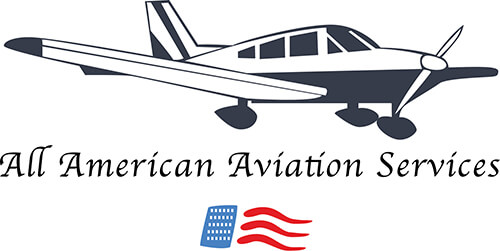IFR Certification
The Instrument Rating is the next step after obtaining a Private pilot certificate. It enables a pilot to fly in any type of weather conditions and at any altitude. We can offer the instrument course under both part 141 and part 61.
With a Private Pilot Certificate, a pilot is only limited to fly under visual flight rules, (VFR). This means a pilot can only navigate his aircraft through visual references outside the airplane during clear weather conditions. A private pilot must avoid clouds and any other dangerous weather events (fog, rain, low visibility etc.). This is why the instrument rating is vital to have so in the event that these weather conditions arise, a pilot will be able to operate the aircraft in a safe manner.
The Instrument Rating is the most challenging course in the entire pilot training curriculum. The performance of flight is now determined solely on an aircraft’s instruments as opposed to visual references outside. Pilots must mentally prepare themselves during flight to trust their instrument panels to avoid special disorientation. This occurs when pilots may feel like they are flying upside down when actually the aircraft is flying straight and level.
This course needs special attention to detail as it is based solely on the safety of the pilots and passengers when it comes to flying in poor weather conditions.
For foreign Instrument Rating holders: “Should I study Instrument Rating program again?”Answer: “If you validate your certificate and convert it into a FAA Restricted Private Pilot Certificate including Instrument Rating, only written examination is required. But if you are going to obtain FAA CPL or ATPL, you will have to study Instrument Rating Program and pass your exams.”
Course Program
Minimum requirements: 35 flight hours, 30 theory hours
The course, which is FAA approved, consists of three stages. Each stage includes the required ground and flight training, followed by a stage check administered by the chief pilot or senior instructor. Classes are taught in accordance with the standard Jeppesen training program.
Stage 1
Instrument Flights
The first stage is dedicated to instrument flying skills training. Students study the principles of instrument flight, instrument navigation, and instrument engine failures. During this stage, students will also be educated on the advanced use of the VOR, GPS, and ADF.
Stage 2
Instrument Approach
The second stage of the course is solely concentrated on instrument approach procedures. Students study these using equipment such as ILS, VOR, GPS, NDB, LOC, and others. Students will also learn how to perform holding patterns, approach maneuvers, missed approach procedures, and approaches with partial panel. Partial panel is when one or more of an aircraft’s instruments have failed during flight.
Stage 3
Cross-Country Instrument Flights
The final stage of the instrument course is dedicated to cross-country flight and navigation. Students will become proficient with IFR flight planning and clearances. During these training flights, students will be utilizing the necessary instruments such as the VOR, GPS, and NDB. They will also practice in flight emergencies such as communication failure, avionics failure, and other emergency procedures.
Checkride
Examination
The Checkride is broken down into two phases: the theoretical (Oral) and practical (Flight) exams. During the oral exam, the examiner will ask the student various types of questions pertaining to knowledge and theory of the Instrument Rating Course. The average time it takes to complete the oral exam is approximately two hours. Once the oral exam is successfully completed, the student and the examiner will partake in the practical exam, also known as the flight test. Here, the student must demonstrate the ability to execute successful instrument flight maneuvers, instrument navigation, and instrument approaches. These items must also be done successfully under partial panel conditions in the event of real-life avionics failure.
Once the flight is concluded and successful, the student will receive his Instrument Rating, which will allow the student to exercise his Private Pilot Certificate in adverse weather conditions.
Why Choose AAAS Pilot Training?
Our primary goal is to provide every student with the best possible flying and training experience. After an initial consultation, we will design your custom training program to meet your unique goals, schedule and lifestyle.
Whether you're looking for a fast-paced two-week "finish-up" program or a complete professional program, AAAS is committed to helping you meet your flight goals. We offer all the benefits of a large flight school or university without the "one size fits all" programs, rigid timeframes, rules and slow processes. Students can learn at their own pace.
Because of our commitment to providing excellent customer service, modern equipment, and the highest quality training programs available, our students enjoy a high examination success rate!
Here are a few more reasons to choose AAAS for your pilot training program.
AAAS is led by former military pilots that understand the best techniques for teaching you to fly.
We have large fleets of trainer planes in three separate locations for your convenience, and we're continuing to grow! Learn to fly in a Cessna, Piper, or Cirrus fixed-wing plane.
Affordable fixed cost based on realistic flight times that exceed FAA Part 141 minimums. Other programs quote a minimum cost that almost always changes.
AAAS partners with Climb Credit to offers affordable financing solutions for qualified students.
Our students have very high success rates when they report to their type certification training. Our expert staff of professionals, coupled with our Certified Flight Instructors, make certain that the training you receive is the best available anywhere.
